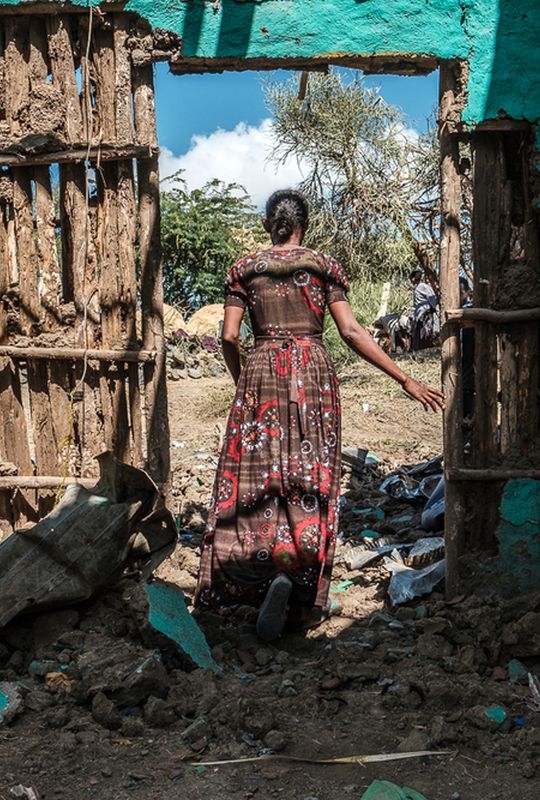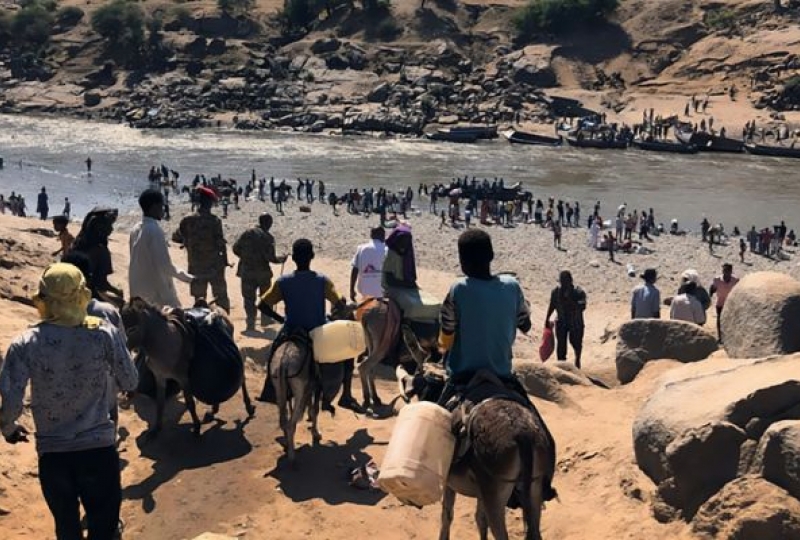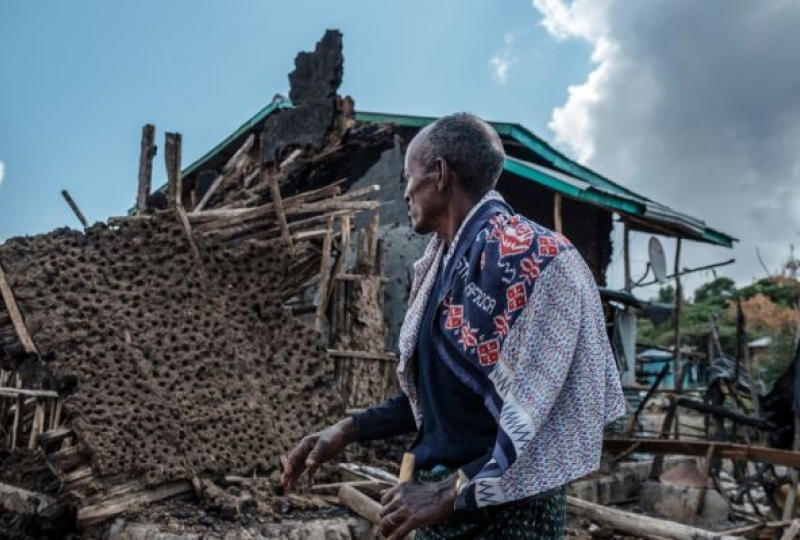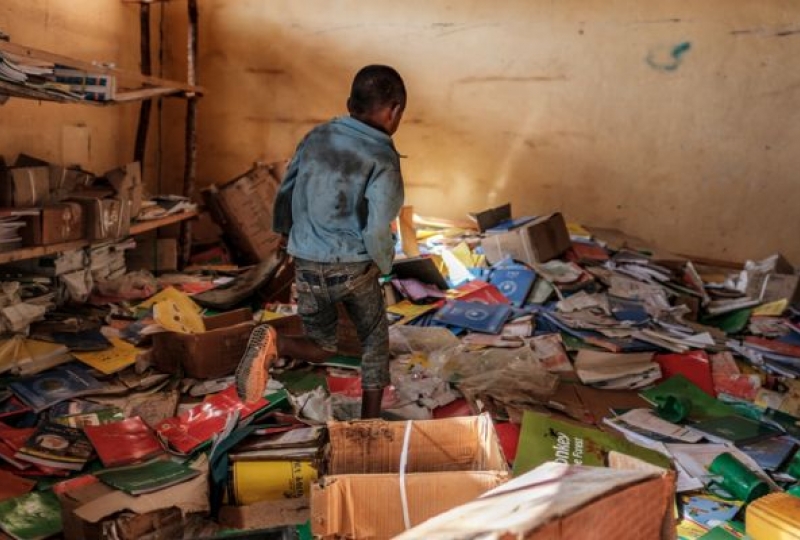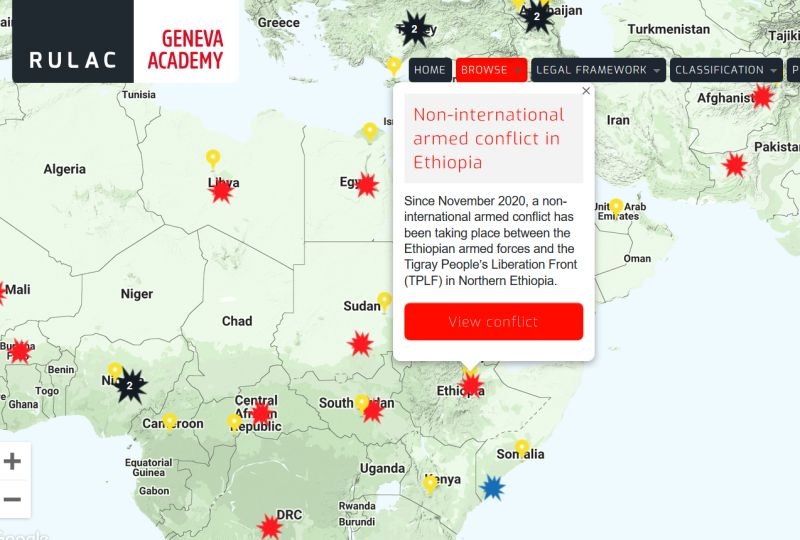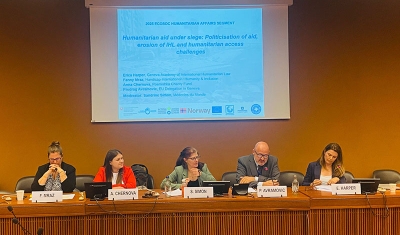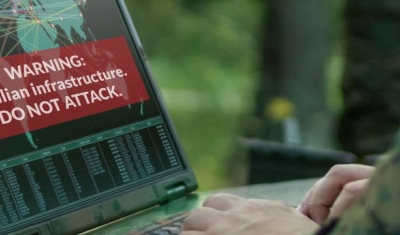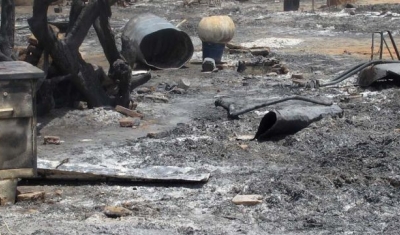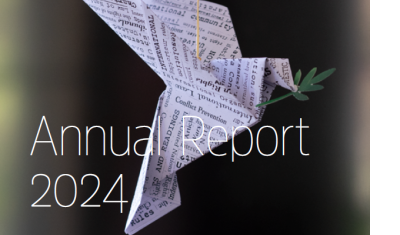The Tigray People’s Liberation Front (TPLF) – inspired by Marxist-Leninism –was founded in 1975 in Dedebit, northwestern Tigray. In 16 years, the group succeeded in gaining control over the Ethiopian government and remained in power until early 2018 when demonstrations erupted in the country against the government’s corruption and repression of political opponents. Consequently, TPLF resigned and its officials moved to the Tigray region where TPLF has been training since then its own special military forces and a well-drilled local militia, amounting in total to around 250,000 troops.
Tensions have been escalating between the central government and TPLF since 2018 and resulted on 4 November 2020 in a military offensive against TPLF, launched in response to an attack conducted against a federal army base – although Tigray forces deny their involvement in this operation. Since then, fighting has been ongoing in the region.
‘Both the intensity of the armed violence opposing the Ethiopian armed forces and TPLF’s troops, as well as the level of organization of TPLF, allow us to conclude to the existence of a NIAC’ underlines Dr Chiara Redaelli, Research Fellow at the Geneva Academy.


